It is the prose of suspicion; an uncovering of layers of disconcerting awareness between its lines. Samuel Richardson’s ( 1689-1761 ) ambitious narrative of tragic seduction is traced through the hundreds of letters written between Clarissa Harlowe, her confidante Anna Howe, the charming, but also cruel and duplicitous seducer Lovelace, and a supporting cast of family and acquaintances. In reading them, we find ourselves slowly absorbed into their individual personalities. Meaning is thus accumulated in each successive letter, but their sequence has its own dramatic structure and tension, maintained for the novel’s length.
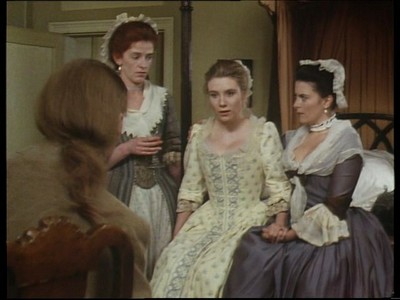
As anyone who knows anything about eighteenth-century novels knows, the villain-protagonist of Samuel Richardson's Clarissa is said to have raped its victim heroine. Robert Lovelace drugs, has his prostitutes hold down and subjects Clarissa Harlowe to hours of harrowing humiliating sex. As he puts it at dawn, “between terror, and the late hour, and what followed, she was diverted from the thoughts of getting out of the house to Mrs Leeson's, or anywhere else.”
Through this we are made to confront not only Lovelace’s terrible manipulations, but also his power of allusive evocation, which flow from the same source. In a similar manner, Clarissa triumphantly claims her constant self, virtuous through and beyond death, but is reliant upon a complementary capacity for self-deception that uses the measure of her pen to calculate the distance between thought and action in those she observes. Like Marcel Proust’s Remembrance of Things Past , the sheer scale of Clarissa means that it can seem a novel that is more talked about than read. …
“This sense of the reader gaining a privileged peek into the psychology of the protagonists was a key device of the epistolary form and essential to the development of the novel. Its emphasis on moral instruction also propelled the genre into literary respectability. These novels were a publishing sensation. Philosophers like Rousseau and Montesquieu took up the style, using it to convey their ideas on morality and society.
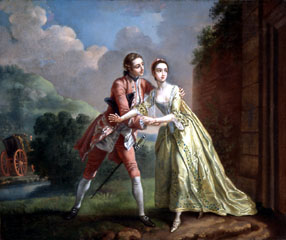
"It is so long that the characters become a part of your life, as it is an epistolary novel it also means that you are constantly seeing the characters in their own mind, in first person narration shifting from character to character. Again a technique for identification. Robert Lovelace the villain of the work is the best villain to date on this list, he is charming and terrifying, in love and a rapist all at the same time. Definitely the most psychologically complex character in the novel. Richardson's story is again one of psychological horror and claustrophobia but the horror is heightened incredibly from that attempted in Pamela, unlike Mr. B, Lovelace is supremely intelligent and in Clarissa it is all heightened by her family's complicity in her disgrace."
Samuel Richardson’s novel “Clarissa, or, The History of a Young Lady” was first published serially in 1747 and 1748. It contains well over a million words, and occupies four volumes of closely printed pages in the “Everyman” series. Its plot is an old chestnut: the story of a nineteen- year- old girl who, fleeing from an odious marriage that her mercenary, newly rich family wishes to impose on her, rashly accepts the protection of a notoriously libertine aristocrat, is raped by him, and dies.
It is hard to see why any modern reader should devote sufficient energy and time to a fictitious maidenhead lost so slowly and so long ago. Yet “Clarissa”, for all its apparent demands on time and patience, is entertaining, relevant, and disturbing. Reading Clarissa’s moving story is an exceptional experience. “Clarissa’s great fame in Richardson’s own day may seem to many an even better reccomendation. Diderot, Rousseau, Laclos, Goethe, Balzac; all acknowledged their great debt to this novel. Indeed, Diderot, given perhaps to emotional enthusiasm, wrote ,”I will sell my books… but thou Richardson, shalt remain with me on the same shelf as Moses, Homer, Euripides and Sophocles.” “Clarissa’s reputation on the continent remained high until the middle of the nineteenth century, especially in france, although George Eliot with her usual shrewdness remarked in 1876, “The French have been its most enthusiastic admirers, but I don’t know whether their present admiration is more than traditional, like their set phrases about their own classics.” In any case the intensity of the book’s conflict impressed foreign readers as no other English novel,save perhaps “Wuthering Heights”, ever has.
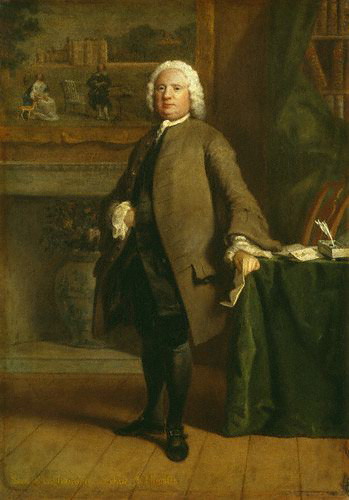
This portrait of Samuel Richardson is one in a series by Joseph Higmore, painted at about the same time Clarissa was published.
In England, “Clarissa”, like all Richardson’s novels, had an enormous impact in tis own day. But it fell from grace during Victorian times. Jane Austen, Richardson’s chief disciple, preferred the detailed manners and prudential morality of his last novel, “Sir Charles Grandison” ( 1775) , which is basically a splendid failure.She protected herself from the violent impact and the deep emotional tension of “Clarissa” by exaggerated parody of its melodrama in her unfinished novel, “Sandition”. The final blow to Richardson was the preference given to fielding by the great Victorian novelists Dickens and Thackeray. Irked by the growing prudish censorship of their huge middle-class public, they compensated by setting up the manly outspokenness of Fielding against what they saw as the effeminate, excessive sensibility of his rival, Richardson. Thus, it took some time before Richardson’s overwhelmingly greater passionate depth and formal mastery to be recognized once again.
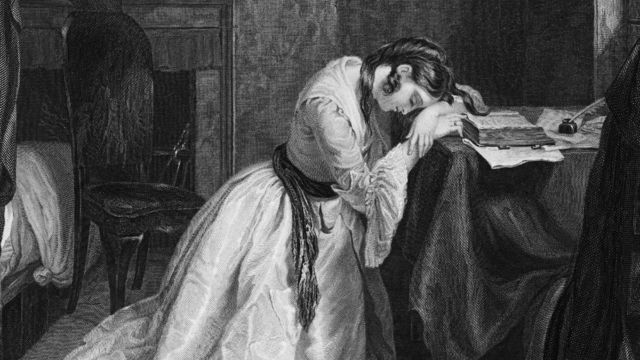
"the great 18th Century fashion for epistolary literature. From its first appearance in the 17th Century with writers like Aphra Behn, epistolary fiction, fiction in the form of letters, reached its heyday in the 18th Century with works like Clarissa by Samuel Richardson. At over a million words, it's a contender for the longest English novel. It inspired impassioned followers such as Denis Diderot who described reading Richardson's novels like this: “In the space of
w hours I had been through a host of situations which the longest life can scarcely provide in its whole course. I had heard the genuine language of the passions; I had seen the secret springs of self-interest and self-love operating in a hundred different ways: I had become privy to a multitude of incidents and I felt I had gained in experience.”
What then is the special power of the novel? Very few novels seem to have matched this extraordinary combination of a striking dramatic presentation of externals, of action, and of speech. For most of the long novel, we might be in a theatre, listening to the subtle , complex, inner workings of the human mind and soul as represented by Richardson’s two main protagonists; Clarissa Harlowe, the heroine, and her pursuer and seducer, Robert Lovelace. This extraordinary combination of the direct impact of man’s inner life; a combination every ambitious novelist hopes to achieve, comes about in “Clarissa” through the happy union of the two popular forms of writing by which Richardson was influenced.

"The exhilaration of it. To carry off such a girl as this Clarissa Harlowe in spite of all her purity and virtue. So tantalizing." Lovelace
As with Dickens, we have to be grateful that Richardson was a poorly educated man. His father, a successful London master-joiner, had been, his famous son tells us, ” personally beloved by several Persons of Rank, among whom were the Duke of Monmouth and the First earl of Shaftesbury… notwithstanding he was noted for a quiet and inoffensive man, he thought proper, on the Decollation of the first named unhappy Nobleman, to quit his London business and retire to Derbyshire, tho’ to his Detriment.” In these reduced circumstances, Samuel Richardson could never aspire to become the clergyman that his Puritan father wanted him to be, and for which his own extraordinary moral sensibility seemed to make him suitable. He was, instead, apprenticed to a printer, and rose by his remarkable industry and thoroughness and his business acumen to be one of the richest and most successful master printers in London.

"Francis Hayman (1708 - 1776) Tate Collection 1740 A conversation piece depicting the novelist Samuel Richardson (1689-1761) with his second wife Elizabeth Leake, their four daughters and a friend of the family. Richardson achieved overnight success with his first novel, 'Pamela or Virtue Rewarded', published in 1740. This work may have been conceived to celebrate Richardson's success. Medium: oil on canvas Dimensions: 76.2 x 101.6cm Grant Paid: £150,000 ( Total: £1,000,000) ArtFunded in: 2006 Vendor: Agnew's"
In middle and later life, when his success as a novelist led him into learned and polite society, he was always on the defensive about his lack of knowledge about languages, particularly of the Latin and Greek expected of any educated man of the day. But the popular sources that fed his work were far more valuable to a novelist. If he did not know Homer and Virgil in the original, he knew very well, for all his Puritan inclinations, the theatre, with its roots in the colorful language and violence of Jacobean melodrama. He also knew the language of the private letters and diaries by which so many Puritans, especially Quakers, communed with their own souls and acquired such deep self-knowledge. Also, he had been; and this was to be of great significance in his penetrating knowledge of the minds of his heroines; much in demand as a grave and serious but friendly youth who could compose love letters for young women unskilled at writing.



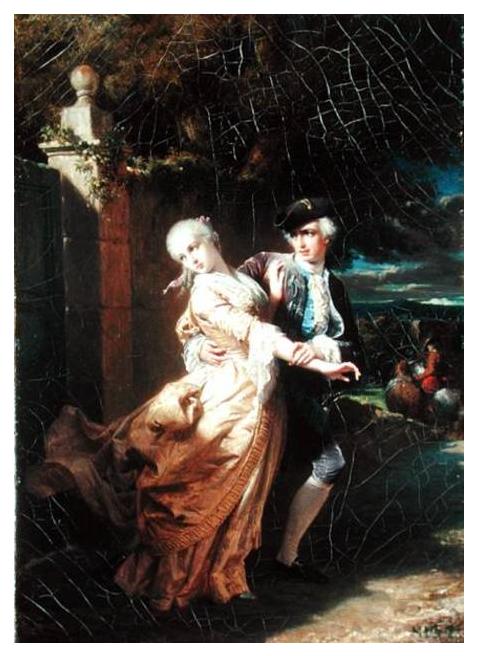





 COMMENTS
COMMENTS



